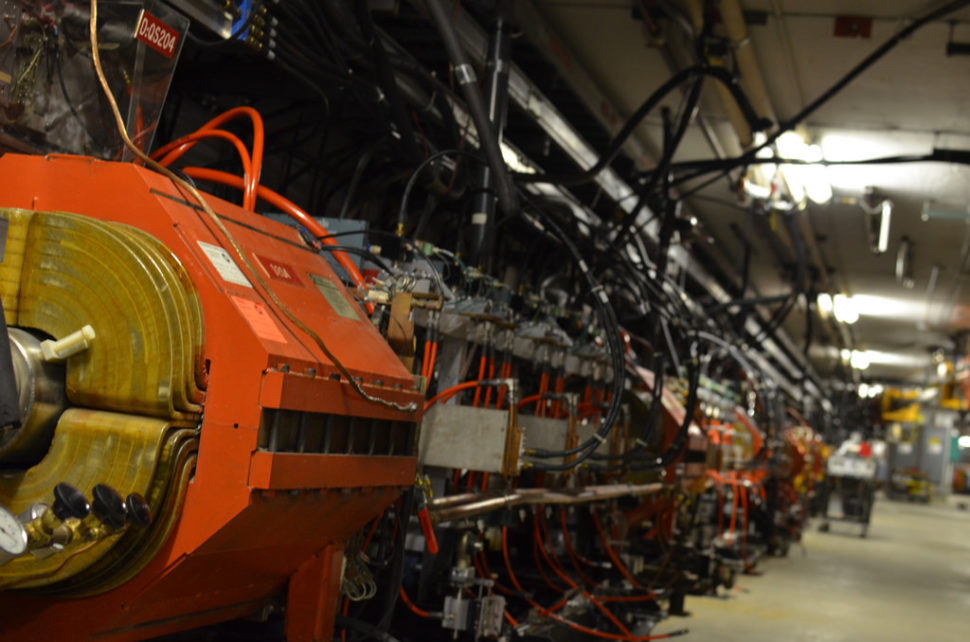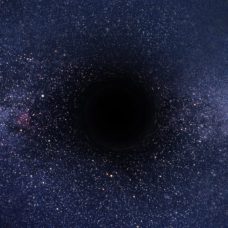BASE researchers continue to search for the “particle asymmetry” that they think keeps our universe from eliminating itself.
For years, researchers have been plagued by one of the most significant questions in the world:
How did matter form?
Currently, scientists are still in search of key differences between protons and antiprotons that could potentially explain how matter came to exist in our universe.
The closest that physicists could get took place in the Baryon Antibaryon Symmetry Experiment (BASE) collaboration at Conseil Européen pour la Recherche Nucléaire (CERN). There, they studied the magnetic force of antiprotons with almost unbelievable precision.
However, even with the most advanced equipment, the data gathered from the experiment has not provided a hint of how matter sprouted as particles and antiparticles during the formation of the universe.
#BASEcollaboration at #CERN confirmed the similarities of protons and antiprotons.Click To TweetProperties Shared by Protons and Antiprotons
According to the most recent BASE measurements, there’s a significant gap between protons and antiprotons, which constitutes a confirmation of the Standard Model of particle physics.
The Standard Model of particle physics is a theory that describes the three of the four known fundamental forces in the universe: electromagnetic, weak interactions, and strong interactions minus gravitational force.
While commonly used around the world by scientists in providing experimental predictions, the theory still fails to explain baryon asymmetry, nor account for the expansion of the universe as possibly described by dark energy.
The BASE collaboration at CERN brings together scientists from the RIKEN research center in Japan, the Max Planck Institute for Nuclear Physics in Heidelberg, Johannes Gutenberg University Mainz (JGU), the University of Tokyo, GSI Darmstadt, Leibniz Universitat Hannover, and the German National Metrology Institute (PTB) in Braunschweig. There, they compared the properties of protons and antiprotons more accurately than ever before.
According to the research, magnetism is an essential part of all particles and can be depicted as roughly equivalent to that of a tiny bar magnet. Stefan Ulmer, spokesperson of the BASE group explained:
“At its core, the question is whether the antiproton has the same magnetism as a proton. This is the riddle we need to solve.”
Back in January, the BASE collaboration was able to publish high-precision measurements of the antiproton g-factor. However, the most recent experiment and its results are said to be more precise.
The current high-precision measurement determined the g-factor down to nine significant digits. This is the equivalent of measuring the circumference of the earth to a precision of four centimeters. Apparently, the value that was taken recently, which is 2.7928473441(42), is deemed to be 350 times more precise than the results back in January.
“This tremendous increase in such a short period of time was only possible thanks to completely new methods,” said Ulmer.
The scientists used two antiprotons and analyzed them with two Penning traps.
Analyzing Antiprotons for Asymmetrical Results
The antiprotons used by the BASE researchers were artificially generated at CERN and stored in a reservoir trap for experiments. The antiprotons used for the latest test were said to have been isolated in 2015 and was later measured between August and December of 2016.
It was a sensational feat as it was the most prolonged storage period ever recorded for antimatter.
If you are not aware of it, antiprotons were initially detected in cosmic rays, and that went on for over 25 years. Storing this antimatter is difficult since it could quickly be annihilated when it collides with proton or any matter such as what makes up air. According to a story from Space Daily:
“Storage was demonstrated for 405 days in a vacuum, which contains ten times fewer particles than interstellar space. A total of 16 antiprotons were used and some of them were cooled to approximately absolute zero or minus 273 degrees Celsius.”

Two Penning traps were then used to interact with the antiprotons. The traps used electrical and magnetic fields to capture the antiprotons. However, this process limits the measurements because of the ultra-strong magnetic inhomogeneity in the Penning trap. To overcome this barrier, the second trap has a highly homogeneous magnetic field. Ulmer explained:
“We thus used a method developed at Mainz University that created higher precision in the measurements. The measurement of antiprotons was extremely difficult and we had been working on it for ten years. The final breakthrough came with the revolutionary idea of performing the measurement with two particles.”
By measuring the Larmor and the cyclotron frequencies, the researchers were able to get the g-factor.
The g-factor of the antiproton was then compared to the g-factor measurement of proton taken in 2014. The result showed that there was no difference between the two. Its consistency confirmed the CPT symmetry which states that the universe is composed of a fundamental symmetry between particles and antiparticles.
Christian Smorra, the author of the study, was quoted as saying:
“All of our observations find a complete symmetry between matter and antimatter, which is why the universe should not actually exist. An asymmetry must exist here somewhere but we simply do not understand where the difference is. What is the source of the symmetry break?”
While the study failed to find the asymmetry of matter, the BASE researchers would like to use higher precision measurements of the proton and antiproton properties to find the source of the symmetry break.



















“All of our observations find a complete symmetry between matter and
antimatter, which is why the universe should not actually exist. An
asymmetry must exist here somewhere but we simply do not understand
where the difference is. What is the source of the symmetry break?”
There is no symmetry break for matter and antimatter they are formed as a result of pair creation where charge, mass and momentum are conserved and a neutrino is created, the vast quantities of neutrinos in the universe would suggest that pair creation played a role in creating all matter in our universe, but where is all the antimatter in our universe?
Here’s where the story defies logic, the universe looks as if it is not naturally occurring, obviously someone put it here the question is who?
The answer lies in case studies of UFO contactees, in a number of unrelated UFO contactees have said the aliens mentioned they come from our twin antimatter universe where the polarity of all their matter is reversed and they have the technical means to reverse the polarity of all their antimatter to matter upon entry to our universe, this explains the missing antimatter in our universe but they also say antimatter, matter universes were created by the Creation for life.